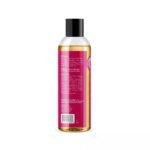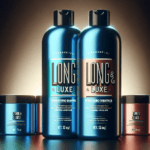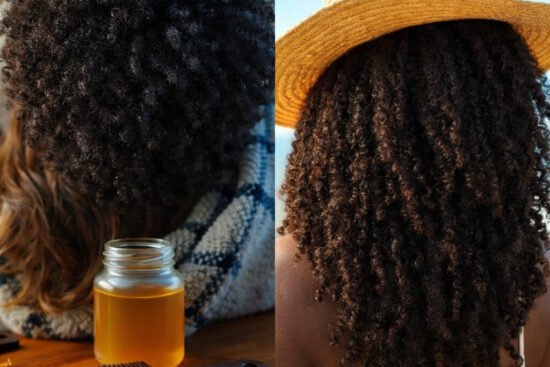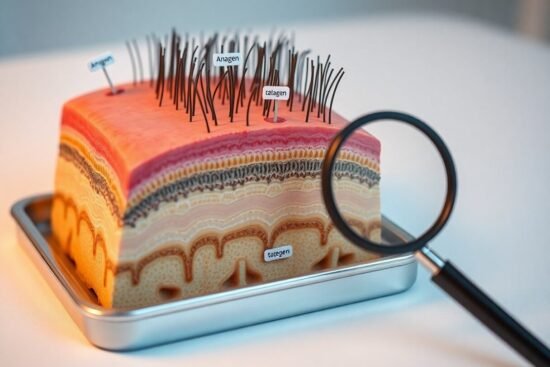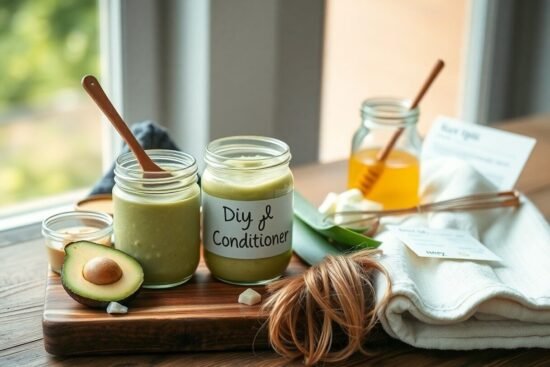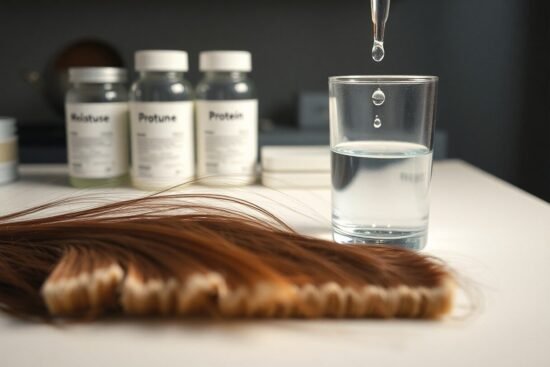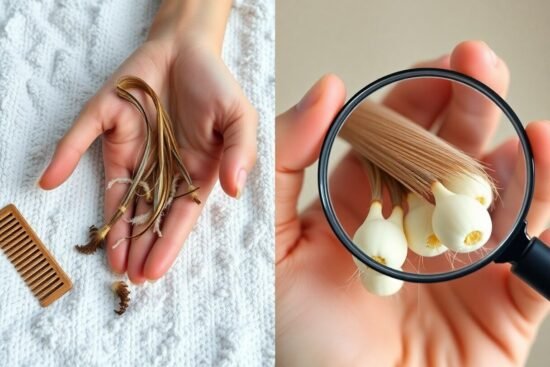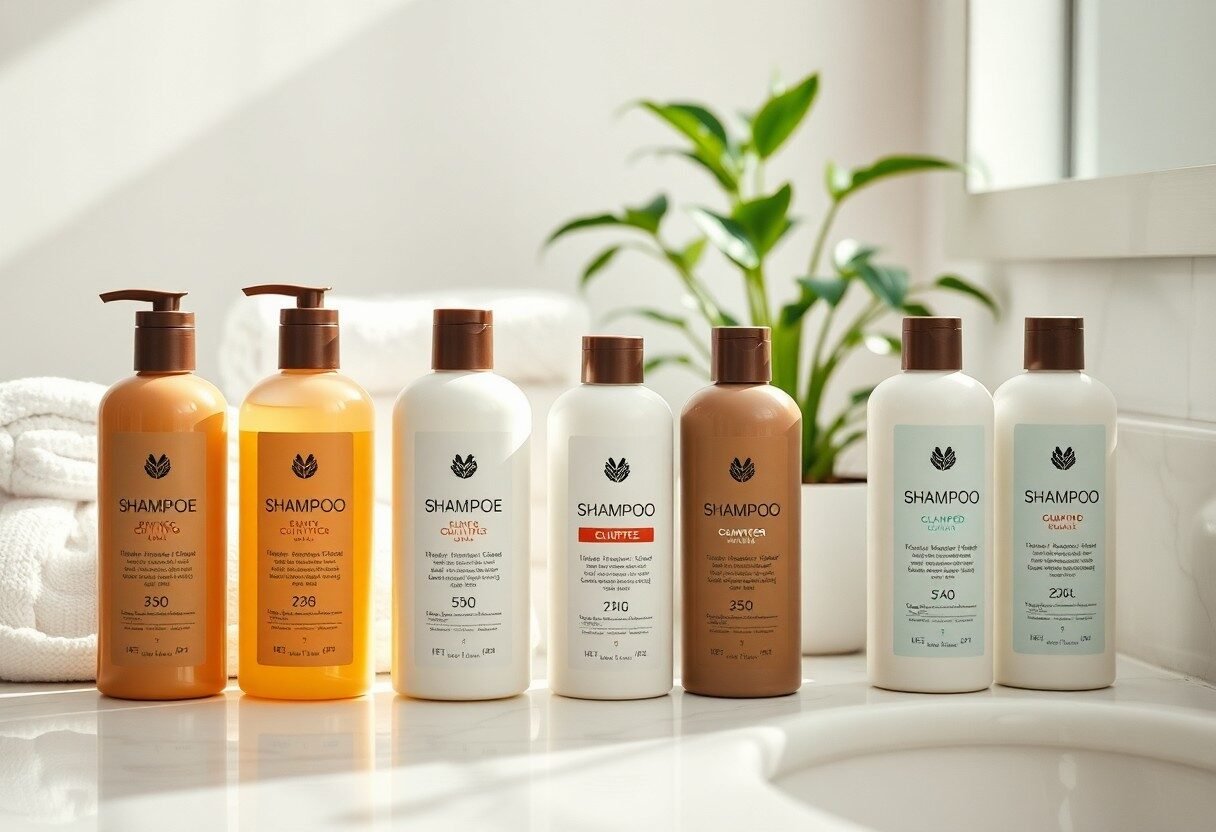
With countless products available, selecting the perfect shampoo and conditioner for your hair type can be overwhelming. I understand that using the wrong products can lead to frizz, damage, or buildup, leaving your hair looking less than its best. By identifying your hair’s unique needs—be it dryness, oiliness, or color-treated concerns—you can make informed choices that promote shine and manageability. In this post, I will guide you through the imperative factors to consider, ensuring you find the right combination that nourishes and enhances your hair’s natural beauty.
Key Takeaways:
- Identify your hair type: Understand whether your hair is straight, wavy, curly, or coily to select products that cater to its specific needs.
- Consider hair texture: Fine, medium, and thick hair types require different formulations; for example, fine hair may benefit from lightweight shampoos while thick hair may need more moisturizing options.
- Assess scalp condition: Determine if you have a dry, oily, or balanced scalp to choose a shampoo that effectively addresses your scalp’s unique needs.
- Look for specific benefits: Choose shampoos and conditioners with targeted features, such as volumizing, hydrating, or color-safe, that align with your hair goals.
- Avoid harsh ingredients: Stay away from sulfates, parabens, and alcohol in products if you have sensitive hair or scalp, as these can cause damage and irritation.
- Pay attention to pH balance: Maintaining a pH balance in your hair care products can help keep hair healthy, shiny, and less prone to damage.
- Trial and error: It may take some experimentation to find the perfect combination of shampoo and conditioner that works best for your specific hair type and needs.
Decoding Your Hair Type
Understanding your hair type requires a closer look at its unique characteristics. Hair can primarily be classified into four categories: straight, wavy, curly, and coily. Each type behaves differently and presents distinct needs when it comes to moisture, styling, and the right products. Evaluating these traits will guide you in selecting a shampoo and conditioner that enhances your natural texture while addressing specific challenges.
Identifying Hair Texture and Porosity
Your hair texture—fine, medium, or coarse—determines how it absorbs moisture and product. To assess porosity, a simple water test can be performed: place a strand of hair in a cup of water and see how long it takes to sink or float. Hair that sinks quickly is highly porous, while hair that floats is generally low in porosity. This information helps in choosing products that either hydrate or protect your strands depending on their needs.
Recognizing Common Hair Concerns
Common hair concerns can range from dryness and frizz to excess oil and damage. Identifying these issues allows for more targeted solutions. For instance, if your hair feels brittle and looks dull, incorporating restorative shampoos and conditioners with nourishing ingredients, like shea butter or argan oil, can improve overall health. On the flip side, if you struggle with an oily scalp, look for formulas that clarify and balance without stripping imperative moisture.
Addressing common hair concerns like excess oil production or damage due to environmental factors is vital for maintaining hair health. For example, those with dry or frizzy hair might benefit from products with hefty moisture content, while individuals with oily hair may need something lightweight that cleanses thoroughly without buildup. I often find that experimenting with different product combinations tailored to these concerns allows for a more personalized hair care routine that truly reflects the unique needs of my strands.
Ingredients That Make or Break Your Hair Care
In the quest for healthy hair, the right ingredients can be your best ally. Natural oils, proteins, and humectants play pivotal roles in nourishing and fortifying hair strands. For example, argan oil and coconut oil are fantastic for adding moisture and shine, while keratin helps strengthen and repair damage. Always check labels for beneficial components that cater to your specific hair needs, as the quality of ingredients often determines the effectiveness of your shampoo and conditioner.
Nourishing Components for Each Hair Type
For dry hair, look for products rich in glycerin and sheaf butter to hydrate and provide moisture. If your hair is oily, lightweight ingredients like tea tree oil can help balance oil production without weighing it down. Curly hair thrives on jojoba oil and proteins that provide definition and combat frizz, while straight hair benefits from silicone-based formulas for smoothness and shine.
Chemicals to Avoid Based on Hair Needs
Identifying harmful chemicals is vital for maintaining your hair’s health. Ingredients like sulfates, which are common in many shampoos, can strip hair of crucial oils, leading to dryness and damage. Parabens may disrupt hormonal balance, while formaldehyde can cause irritation and long-term health issues. When selecting products, avoiding these harmful additives can be a game-changer, as they can significantly impact your hair’s overall health and appearance. For instance, those with color-treated hair should steer clear of sulfates to prevent fading and dryness.

The Harmonious Duo: Shampoo and Conditioner Pairing
Finding the right shampoo and conditioner pairing is like a successful relationship; each product complements the other, enhancing your hair’s natural beauty. Selecting a shampoo that addresses your specific scalp and hair concerns—be it dryness, oiliness, or damage—should be matched with a conditioner that offers targeted nourishment and hydration. For instance, pairing a clarifying shampoo with a lightweight conditioner can effectively remove build-up without weighing your hair down.
Balancing Cleansing and Moisturizing
Achieving the ideal balance between cleansing and moisturizing is important to maintaining healthy hair. A gentle, sulfate-free shampoo cleanses without stripping your hair of its natural oils, while a rich conditioner infuses moisture back into the strands. If you have colored hair, opting for products specifically formulated for color-treated hair can help retain vibrancy by minimizing moisture loss.
Matching pH Levels for Optimal Results
Aligning the pH levels of your shampoo and conditioner can significantly impact your results. Most hair products cater to a pH range of 4.5 to 5.5, which is slightly acidic and helps maintain the hair’s cuticle. Using a shampoo that’s too alkaline can lead to cuticle damage, while a compatible conditioner ensures cuticles remain smooth and aligned, resulting in reduced frizz and enhanced shine. Products within similar pH ranges create an ideal environment for your hair, promoting overall health and manageability.
Real-World Testing: Product Reviews and Recommendations
My experiences with various shampoos and conditioners have revealed a wide spectrum of options tailored to different needs. Each product’s performance can significantly affect how your hair feels and looks. Through meticulous testing, I’ve compiled a list of favorites that deliver on their promises based on user feedback and their formulation strengths.
Top Shampoos and Conditioners for Specific Hair Types
Different hair types have unique needs, and choosing the right products can make all the difference. Below are some standout shampoos and conditioners I recommend:
| Hair Type | Recommended Products |
| Curly | SheaMoisture Curl & Shine Shampoo, Ouidad Curl Conditioner |
| Straight | Pureology Hydrate Shampoo, Redken All Soft Conditioner |
| Color-Treated | Matrix Biolage ColorLast Shampoo, Joico Color Balance Conditioner |
| Fine | Living Proof Full Shampoo, Bumble and Bumble Thickening Conditioner |
| Dry/Damaged | Kérastase Nutritive Bain Satin Shampoo, Olaplex No. 5 Conditioner |
- For curly hair, opt for products that hydrate and define.
- Straight hair benefits from lightweight formulas that enhance shine.
- If your hair is color-treated, choose sulfate-free options to maintain vibrancy.
- Those with fine hair should look for volumizing shampoos and conditioners.
- For dry or damaged hair, select rich moisturizing products.
Thou might find it beneficial to experiment with various combinations tailored to your specific needs.
User Experiences and Expert Opinions
Views from fellow users and insights from hair care professionals enrich the conversation around choosing the right products. I often draw from online reviews and forums where real people share their firsthand experiences. Experts also offer valuable perspectives on formulations that work best for varying conditions.
Surveying the landscape of user experiences reveals common themes. Many users resonate with product effectiveness, praising brands that deliver on hydration and manageability. Experts frequently emphasize the significance of knowing your hair’s unique characteristics—texture, porosity, and scalp health—as necessary in making informed choices. Notably, I have observed that the right shampoo and conditioner can transform your routine, so it’s well worth taking the time to experiment with recommendations and personal preferences to find what truly works for you.
Cultivating a Customized Hair Care Routine
Establishing a tailored hair care routine not only enhances hair health but also empowers you to achieve your desired style. I recommend assessing your hair’s unique needs from hydration to volume, then combining strategically selected products to meet those needs. You can also test various methods—like oil treatments or heat protection—to see what resonates best with your hair type.
Frequency of Washing and Conditioning
Your hair’s wash frequency varies greatly based on its type and texture. For instance, I find that individuals with oily hair benefit from washing every day, while those with dry or curly hair may only need to wash once or twice a week. Conditioning should also be adjusted; I prefer a lighter conditioner on frequent wash days and a more intensive conditioner for those rare washes.
Adapting Your Routine to Seasonal Changes
Seasonal fluctuations greatly impact hair health, making it important to adapt your routine accordingly. In winter, I often increase moisture by switching to richer conditioners or hydrating masks to combat dryness, while summer can call for lighter products to prevent greasiness and sun damage.
For example, during the chilly months, my hair becomes susceptible to dryness and frizz; thus, I incorporate deep conditioning treatments and leave-in conditioners rich in ingredients like argan oil or shea butter. Conversely, in the hot summer months, I opt for lightweight formulas that prevent buildup yet offer UV protection. Monitoring how your hair reacts to environmental changes will help you fine-tune your routine for optimum results year-round.
Final Words
With these considerations in mind, I believe that selecting the right shampoo and conditioner for your hair type is vital for maintaining hair health and achieving your desired look. I encourage you to assess your specific needs, whether it’s hydration, volume, or color protection, and choose products that align with those goals. By understanding your unique hair characteristics, you can enhance its natural beauty and maintain its overall vitality. Your hair journey can be enjoyable and rewarding when you make informed choices!
FAQ
Q: How do I determine my hair type?
A: To identify your hair type, observe its texture, thickness, and curl pattern. Hair types are typically categorized into straight, wavy, curly, and coily. You can also assess the thickness by evaluating strands of hair; fine hair is thin and delicate, medium is of average diameter, and thick hair is coarse and robust. Additionally, consider your scalp condition—oily, dry, or normal—as this will influence your product choices.
Q: What type of shampoo is best for oily hair?
A: For oily hair, opt for a clarifying or balancing shampoo that is formulated to remove excess sebum without stripping your hair of its natural moisture. Look for shampoos containing ingredients like tea tree oil or salicylic acid, as they help clarify and regulate oil production. Avoid heavy, moisturizing shampoos that can weigh your hair down.
Q: Which conditioner should I use for dry and damaged hair?
A: If your hair is dry and damaged, seek out a nourishing conditioner with moisturizing ingredients like shea butter, argan oil, or coconut oil. These components provide hydration and assist in repairing damage. Furthermore, a deep conditioner or a leave-in treatment may offer additional moisture and help improve the overall health and texture of your hair.
Q: Are sulfate-free shampoos necessary for all hair types?
A: While sulfate-free shampoos are beneficial for many hair types—especially color-treated and sensitive scalps—they are not strictly necessary for everyone. Sulfates are cleansing agents that can be too harsh for fine, dry, or chemically treated hair, but they may work well for thicker or coarser hair types. Assess your hair’s needs, and choose products that align with those requirements.
Q: How often should I wash my hair based on my hair type?
A: The frequency of washing depends on your hair type. Oily hair may require more frequent washing—up to every day—while dry or curly hair types can benefit from washing less often, perhaps once or twice a week. Generally, it’s important to listen to your hair; adjust your washing routine based on how your hair and scalp feel.
Q: Can I use the same shampoo and conditioner for different hair types?
A: Using the same shampoo and conditioner for different hair types can be effective, but it’s generally better to choose products tailored to specific needs. If you have a mix of hair types (for example, oily roots and dry ends), consider using a combination product or different products that address each part of your hair. This way, you can achieve the best results for your unique hair care challenges.
Q: How can I transition to a new shampoo or conditioner without damaging my hair?
A: When transitioning to a new shampoo or conditioner, do so gradually. Start by alternating your new product with your old one for a week or two. Monitor how your hair responds, and allow time for your hair to adjust to the new ingredients. Avoid introducing multiple new products at once to prevent overwhelming your hair and scalp.




